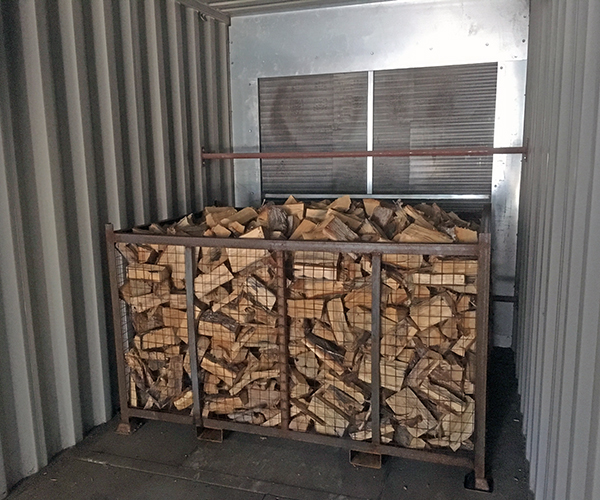Firewood logs are pieces of wood which may be reduce and break up into suitable sizes for burning in varied purposes, similar to heating, cooking, or creating a comfy atmosphere in a hearth, wooden stove, or campfire. Properly seasoned and ready firewood logs are important for environment friendly and secure burning. Here are some key issues for firewood logs:
Types of Wood: The sort of wooden used for firewood can significantly affect its burning traits. Different types of wooden, similar to hardwoods, softwoods, fruitwoods, and unique woods, have various heat output, burn occasions, and aromas when burned.
Seasoning: Firewood ought to be correctly seasoned, which suggests it has been allowed to dry and reduce its moisture content to an appropriate level for burning. Seasoned wooden burns extra effectively, produces less smoke, and generates more heat.

Size and Length: Firewood logs are usually reduce to specific lengths appropriate for the intended use. Common lengths are around sixteen to 18 inches (40 to forty five cm) for fireplaces and wooden stoves. Smaller sizes are sometimes used as kindling.
Splitting: Logs are often cut up into smaller pieces to increase floor space, allowing for higher airflow and sooner ignition. Splitting additionally helps the wood dry extra quickly in the course of the seasoning process.
Stacking and Storage: Firewood ought to be stacked in a dry, well-ventilated space for proper seasoning. Stacking the logs off the bottom on a raised platform or pallet helps prevent moisture absorption from the bottom.
Moisture Content: The perfect moisture content for seasoned firewood is typically under 20%. Higher moisture content can result in smoky and inefficient burning.
Bark: Firewood logs with the bark removed is normally a sensible choice, as bark can include more moisture and impurities, leading to a less environment friendly burn.
Cleanliness: Ensure that the firewood logs are free from dirt, bugs, mildew, and any foreign substances that could affect the standard of the fireplace or produce dangerous fumes when burned.
Sustainability: Consider the sustainability of the wooden source. Using wood from sustainable and renewable sources helps minimize the environmental influence.
Local Regulations: Be conscious of native regulations concerning the harvesting and transportation of firewood, particularly if you're sourcing it from public lands or transporting it throughout state or regional boundaries.
Safety: Practice protected dealing with and storage of firewood to prevent accidents, accidents, or pests. Keep Great post to read from buildings to scale back the chance of termite infestations.
When using firewood logs, whether for heating, cooking, or recreational functions, prioritize safety, correct storage, and adherence to native laws. Well-prepared and seasoned firewood can improve your hearth expertise, offering warmth, comfort, and a nice environment..
